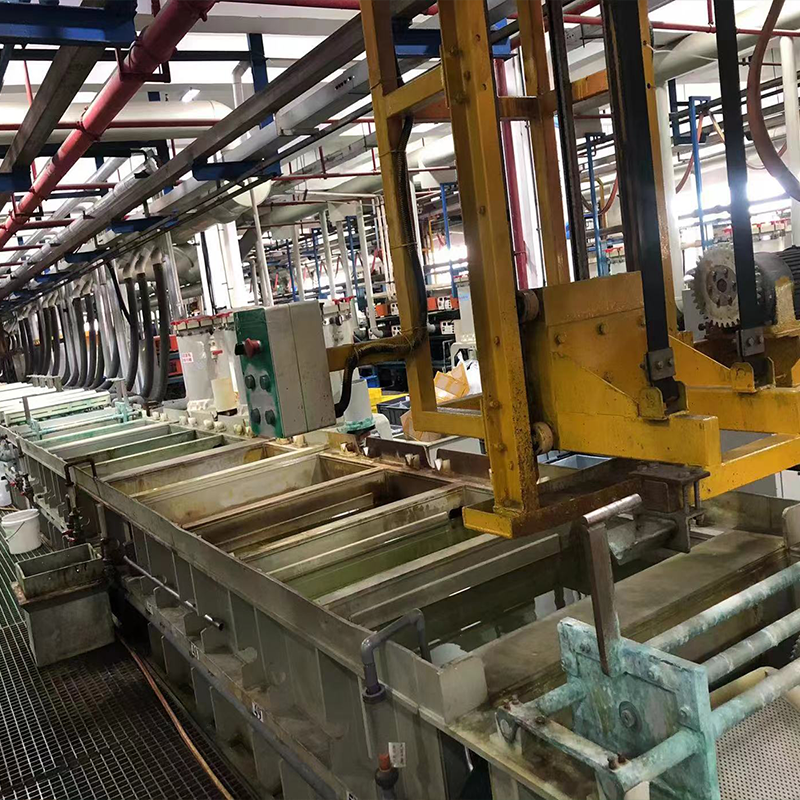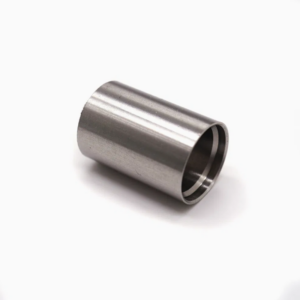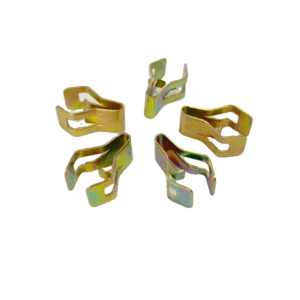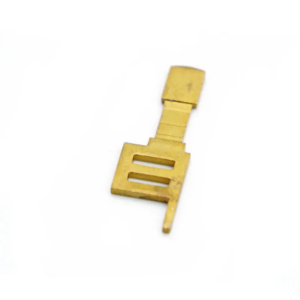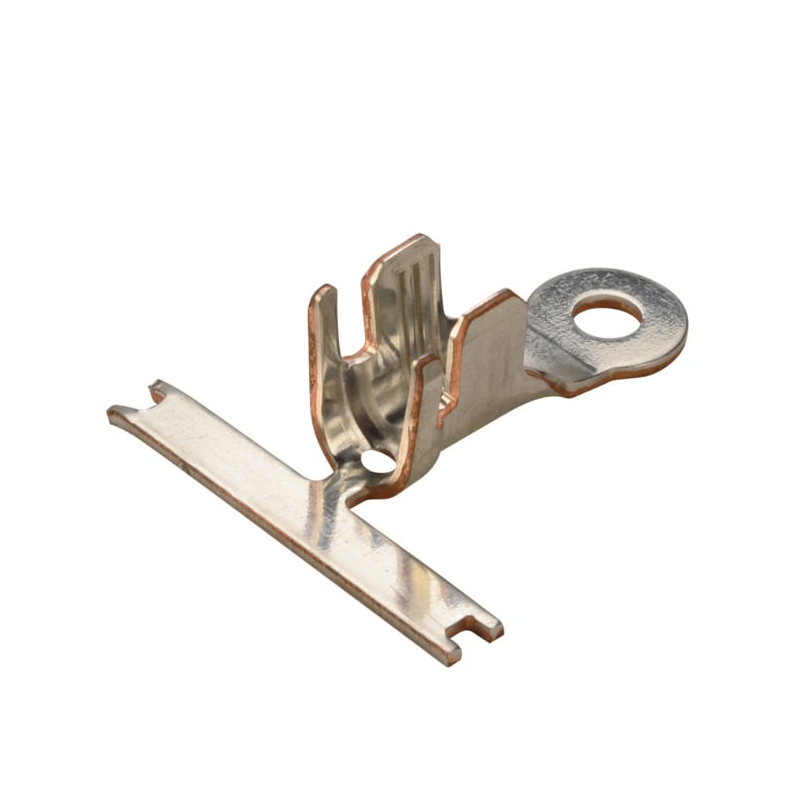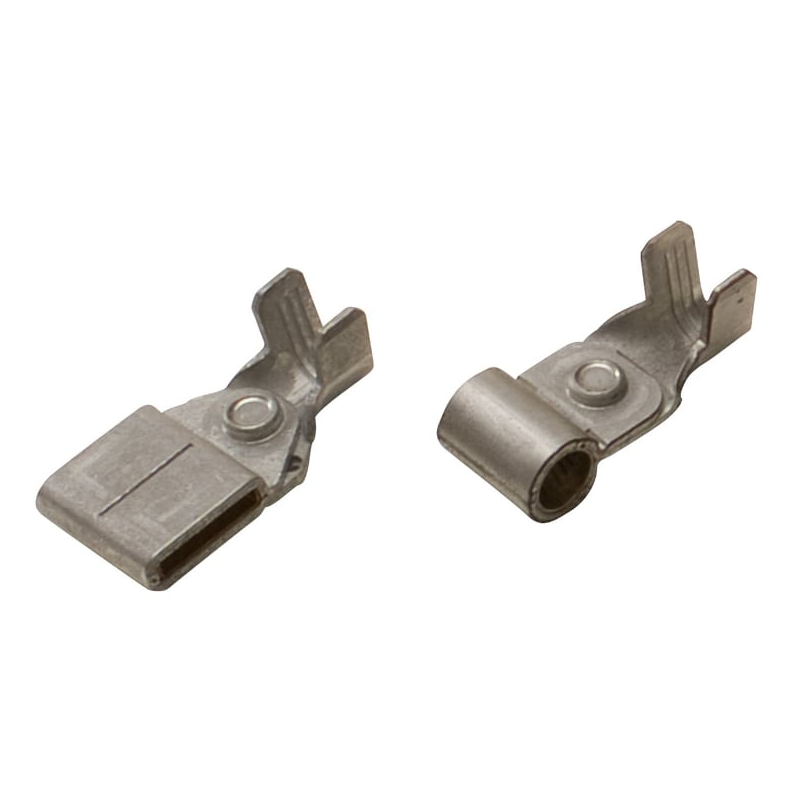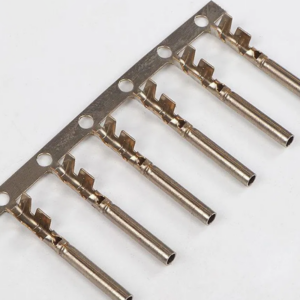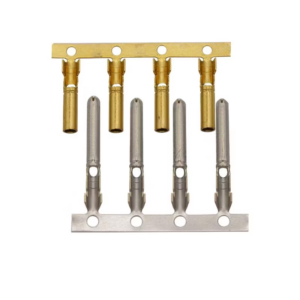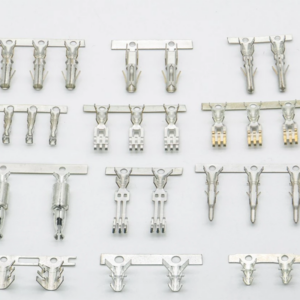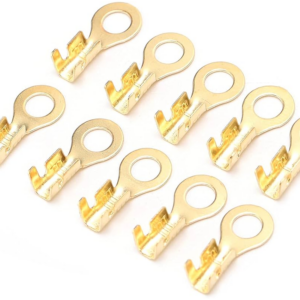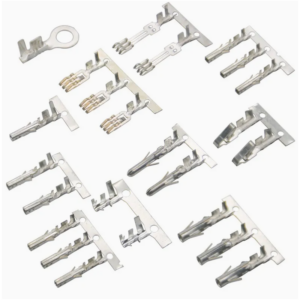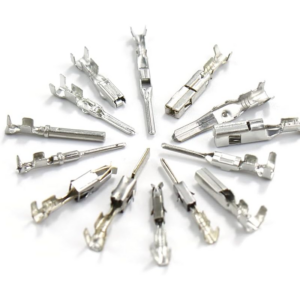Overview:
Electrical connectors for battery equipment, also referred to as crimp terminals, and crimp wire connectors, play a vital role in linking wires and cables to components within an electrical system. These connectors are integral to the functionality of battery-operated systems across various applications, including vehicles, appliances, control panels, and other electrical setups.
Reliable connections are paramount for ensuring the safety and efficiency of battery-powered equipment. A weak or faulty connection within the electrical system can lead to performance issues, blown fuses, or complete system failure.
With our high-quality electrical connectors, you can achieve durable and dependable connections for your battery equipment. As a leading provider of precision-stamped metal parts and assemblies, we support diverse industries with solutions designed to meet the highest standards of performance and reliability.
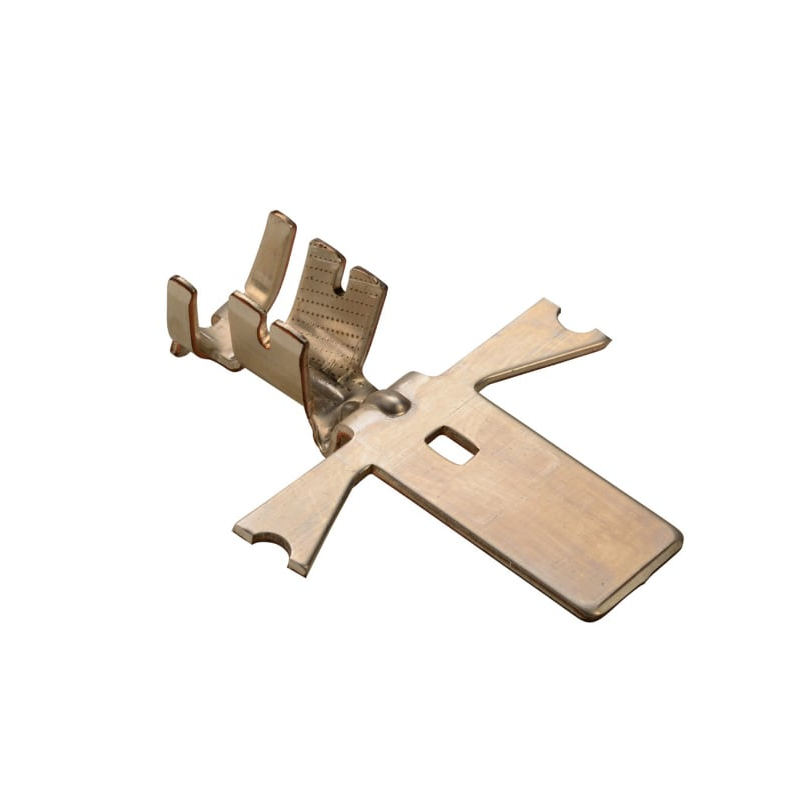
Details:
| Category | Details |
| Advantages | High Temperature Resistance |
| Production Process | Metal Stamping |
| Shape | Custom |
| Certification | ISO 9001, IATF 16949 |
| Brand | OEM |
| Material Available | Copper, Stainless Steel, Carbon Steel, Aluminum, etc. |
| Usage | Automotive, Agriculture, Furniture, Machinery |
| Press Capabilities | 16 Ton – 300 Ton |
| Stamping Capacity | Deep Drawing, Shaping Metal |
| Stamping Die | In-House Die Making |
| Samples | Free Available |
| Service | OEM |
| File Format | CAD, SolidWorks, PDF, etc. |
| Transport Package | As Per Your Requests |
| Trademark | OEM |
| Origin | Xiamen |
Production Process:
- Research & Quality Engineering: Initial phase involving detailed analysis and design to meet functional and quality specifications.
- Tooling Development: Precision fabrication of molds and dies to achieve exacting standards for mass production.
- Sample Approval: Production of prototypes for testing and validation to ensure all specifications are met before scaling up.
- Mass Production: Full-scale manufacturing using advanced equipment to ensure consistency and efficiency.
- Quality Control Inspection: Comprehensive evaluation at every stage to ensure all products meet strict quality and performance standards.
- Packaging: Secure and efficient packaging tailored to protect products during transportation and delivery.
Surface Treatments for Electrical Connectors:
- Plating: A layer of metal is applied to the connector surface for improved conductivity, corrosion resistance, and durability. Common platings include gold, tin, or nickel.
- Powder Coating: A durable, non-toxic coating applied to connectors to enhance resistance to wear, weathering, and chemical exposure while providing a smooth, aesthetic finish.
- Anodizing: A process that increases the thickness of the natural oxide layer on aluminum, enhancing its corrosion resistance and providing a durable, non-corrosive finish.
- Painting: Protective and decorative paint coatings that offer resistance to environmental elements and enhance the appearance of connectors.
- Electrophoresis: A coating method that uses an electric field to deposit a uniform layer of paint on connectors, offering excellent protection against corrosion and wear.
- Polishing: A finishing process that smooths the connector surface, improving both its aesthetic appeal and electrical performance by reducing resistance.
About Us:
